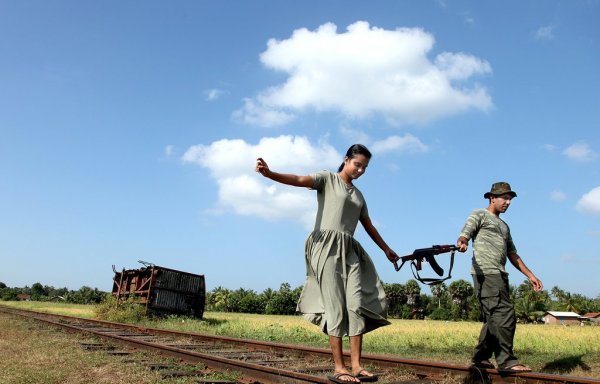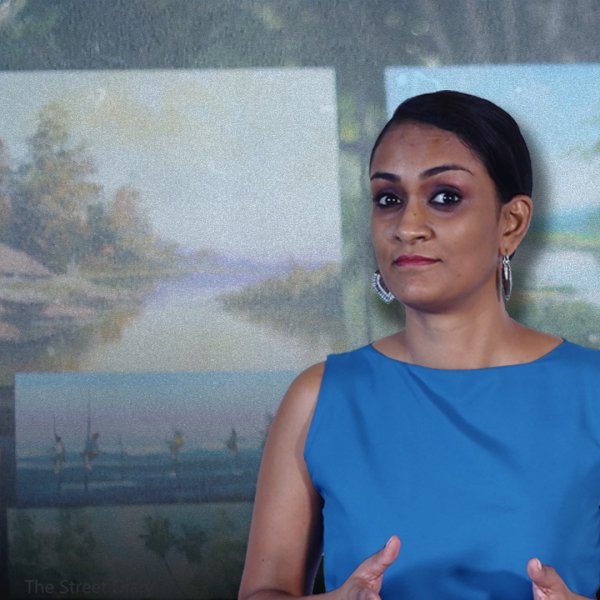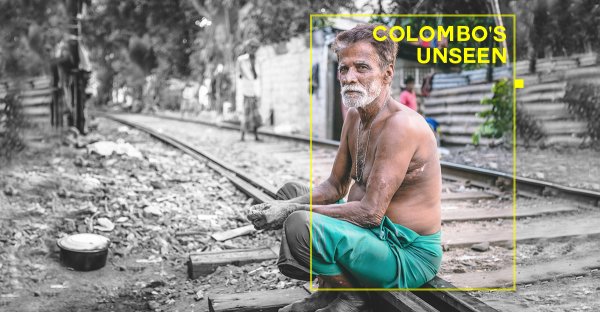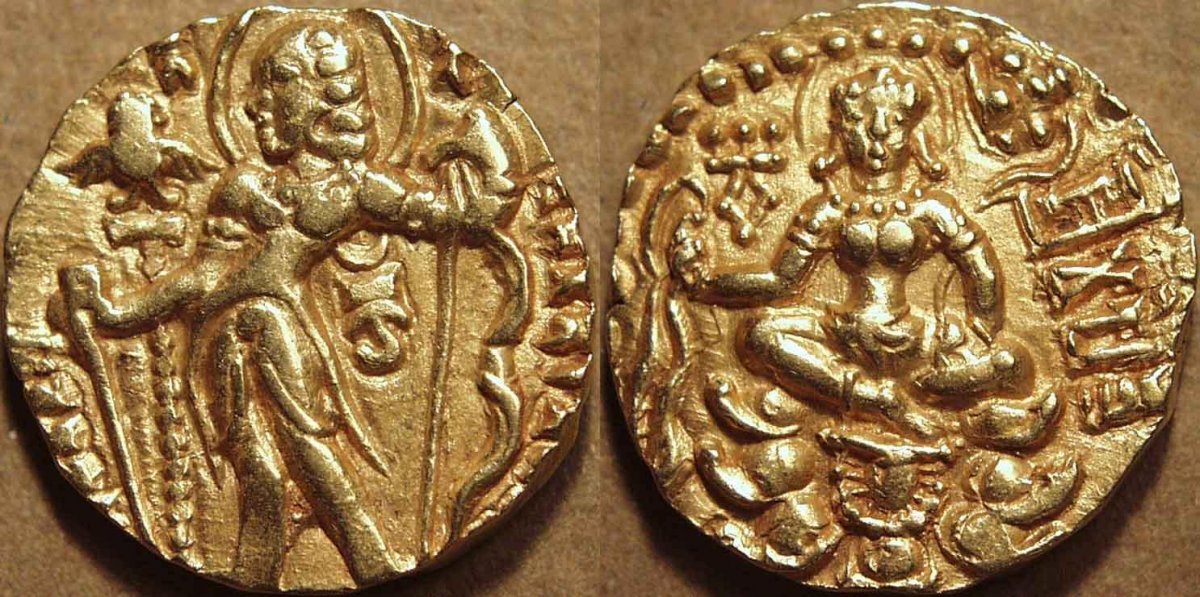
Although we use money practically every day of our lives, our currency itself isn’t something we give much of a thought to (unless, of course, we’re fretting about inflation and exchange rates). And that’s a pity ‒ because, as it turns out, Sri Lanka’s notes and coins have a long history, peppered with fascinating stories.
We paid a visit to the Currency Museum located just in front of the Central Bank in Colombo to find out more about the evolution of the Sri Lankan rupee ‒ and its ancestors, for, although the Central Bank has been officially issuing notes and coins since it was established in 1950, historical records show that Sri Lankans have been using both notes and coins as currency since long before that.
Precious Metals And Carved Symbols
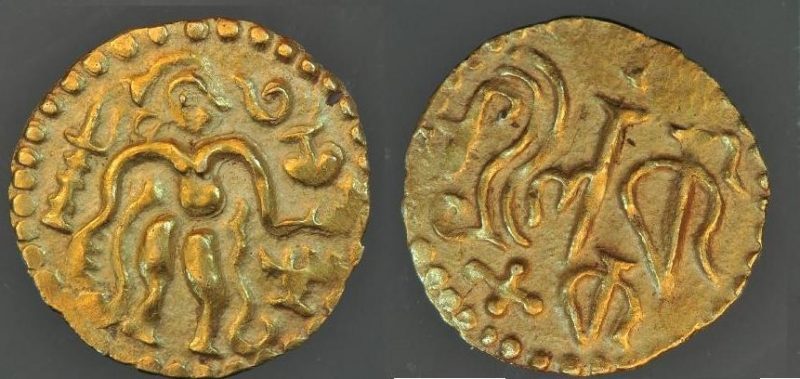
Ancient gold coins, referred to as ada-kahapana. Image courtesy sirimunasiha.wordpress.com
Sri Lanka’s history with precious metals such as gold and silver goes a long way. Although the coins in use today are mostly alloys, we have evidence to suggest that gold and silver coins were once used to facilitate trade and transactions a long, long time ago.
For instance, the oldest local coin recorded (from 3 BC) is known as the purana coin or ‘elding’, in English, while the earliest unit of currency recorded in Sri Lankan history was referred to as kahapana.
The purana coins were found in both Sri Lanka and parts of India, and were mostly made of silver. They took on different shapes, often rectangular or oblong, and had various symbols or punched marks inscribed on both sides. It is believed that these coins were issued by traders with the permission of the king.
The Tree and Swastika coins, the Elephant and Swastika coins, and the Lakshmi Plaques were also types of coins that were used in the pre-Christian era in Sri Lanka. The diversity of the symbols carved on the coins suggests that the coins were most likely issued by regional rulers and traders, and not by a central ruler or monarch.
Of these coins, the “Lakshmi coins”, which depicted the goddess Lakshmi and were minted in two different types, are believed to be especially important.
In addition to that, a Sinhalese gold coin which was known as “Ran Kahavanu” was also in circulation between 7 to 8 AD.
When Sri Lanka was under the rule of the Pandyan Dynasty, the Pandyan and Pallava coins were used. The bull, elephant, fish, and lion featured prominently on these coins.
The Chola coins and the Sethu Bull coins were also in circulation during the medieval period. The gold and copper coins issued by the Chola rulers were excavated from several parts of the island and were found to be similar to the common Dambadeniya Massa coins issued by later Kalinga and Pandya rulers of Sri Lanka.
Foreign Influences On Our Currency

Ceylon Rix Dollars. image courtesy muzeydeneg.ru
The earliest proof of the fact that Sri Lanka was an important location in the ancient world is the fact that Ptolemy’s first map of the world included Sri Lanka. This meant that Greeks and Romans too had access to Sri Lanka.
According to a representative from the Currency Museum, several coins believed to have come from this period were also found on the island.
The colonial period brought in many changes to Ceylon’s currency. During the Portuguese period (1505 ‒ 1658 AD) the coins used were mostly silver, while gold was occasionally used as well.
It was during the Dutch period that the Rix Dollar was introduced, along with the first paper currency known as Kredit Brieven or Kas-nooten. In addition to this, the coins Zeelandia, Holandia, Duits, Utrecht, West freaseland, Guilderland, and Stuivers were also used under Dutch rule.
When the British colonised Ceylon, they also took over the issuing of currency. In 1825, the British Pound became Ceylon’s official currency replacing the Ceylonese Rix Dollar at a rate of 1 pound = 13 1⁄3 Rix Dollars.
The Journey From Pound To Rupee

Coins issued by the British, on display at the currency museum. Image courtesy writer
According to the Currency Museum, during the British period, notes were issued by three authorities: the General Treasury, private banks, and the Board of Commissioners of Currency.
The Notes issued by the General Treasure (1827 ‒ 1855) in Pound notes were one, two and five pounds.
On September 26, 1836, Ceylon reverted to the Indian currency when the Indian rupee was made Ceylon’s standard.
Pound-denominated treasury notes continued to circulate after 1836, alongside the rupee, while the legal currency remained British silver and accounts were kept in pounds, shillings, and pence.
The Bank of Ceylon was the first private bank to issue banknotes on the island in 1844.
The Indian rupee was formally established as the unlimited legal tender on June 18, 1869. The rupee was decimalised on August 23, 1871.
The rupee of 100 cents became Ceylon’s money of account and sole legal tender effective January 1, 1872, replacing British currency at a rate of 1 rupee = 2 shillings 3 pence.
Money At A Lower Cost
As transactions in the world expanded over time, it became necessary to produce money at a lower cost. This paved the way for the emergence of currency notes printed on notepaper. According to the Currency Museum in Colombo, there is evidence that on May 10, 1785, a banknote was issued for the first time in Sri Lanka.
On January 1, 1872, Ceylon entered into a decimal coinage system, where the decimal unit was expressed in cents and valued at 100 cents to a rupee.
A Series Of Banknotes
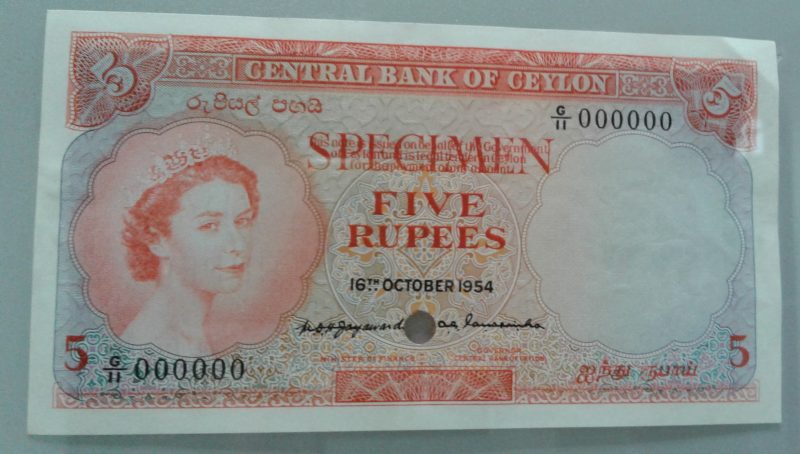
Five rupee note issued in 1954, on display at the currency museum. Image courtesy writer
Since its establishment in 1950, the Central Bank Of Sri Lanka has issued ten series of currency notes in different years:
- 1951 – Portrait of King George the VI series
- 1952 – Portrait of Queen Elizabeth II series
- 1956 – Armorial Ensign of Ceylon series
- 1961 – Portrait of S.W.R.D. Bandaranaike series
- 1965 – King Parakramabahu the Great series
- 1975 – Armorial Ensign of Sri Lanka series
- 1979 – Fauna and Flora of Sri Lanka series
- 1981 – Historical and Archaeological series
- 1987 – Historical and Development series
- 1991/2005 – Sri Lanka Heritage series (when the Rs. 2,000 note was introduced)
Present Day Notes and Coins
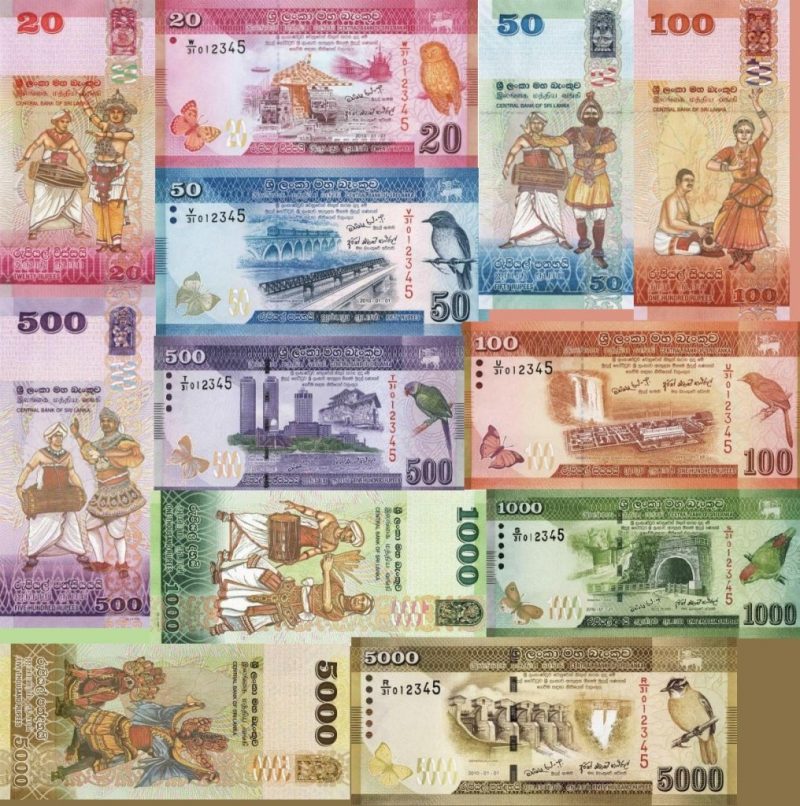
The newest series in circulation. Image courtesy hannatravels.com
In 1976, commemorative seven-sided 2 rupee and ten-sided 5 rupee coins were introduced in limited numbers, while in 1984, the two and five rupee banknotes were replaced with the present day coins.
Although we’ve come a long way from coins made of precious metals, and the Sri Lankan rupee is now here to stay, the currency hasn’t stayed stagnant; a number of commemorative notes and coins have been released over the years:
For instance, in 1987, commemorative 10 rupees were released, which, like the 5 cent coin, was square with round edges. In 1998, a bimetallic commemorative 10 rupee coin was released. Like earlier forerunner rupee denominations, these were again only issued in limited supply, not intended to replace the corresponding banknotes.
On December 14, 2005, the Central Bank issued a new series of coins in the denominations of 25 and 50 cents, 1, 2 and 5 Rupees. The lower denominations of 1, 2, 5 and 10 cents went out of circulation and is generally not issued by banks. On April 5, 2010, Sri Lanka replaced the 10 rupee note with an 11-sided, nickel-steel electroplated coin.
What’s more, the most recent series of banknotes put the Central Bank of Sri Lanka on the list of finalists from among 17 nominations for the ‘Best New Banknote Series’ award at an international currency forum in 2011. It’s been a long road for the currency of Sri Lanka ‒ but no doubt an exciting one!
Featured image: Ancient coins believed to be depicting the goddess Lakshmi. Image courtesy sirimunasiha.wordpress.com


